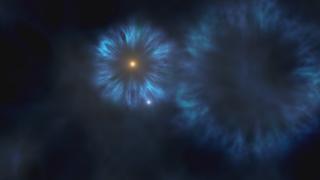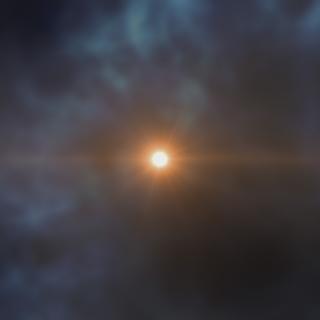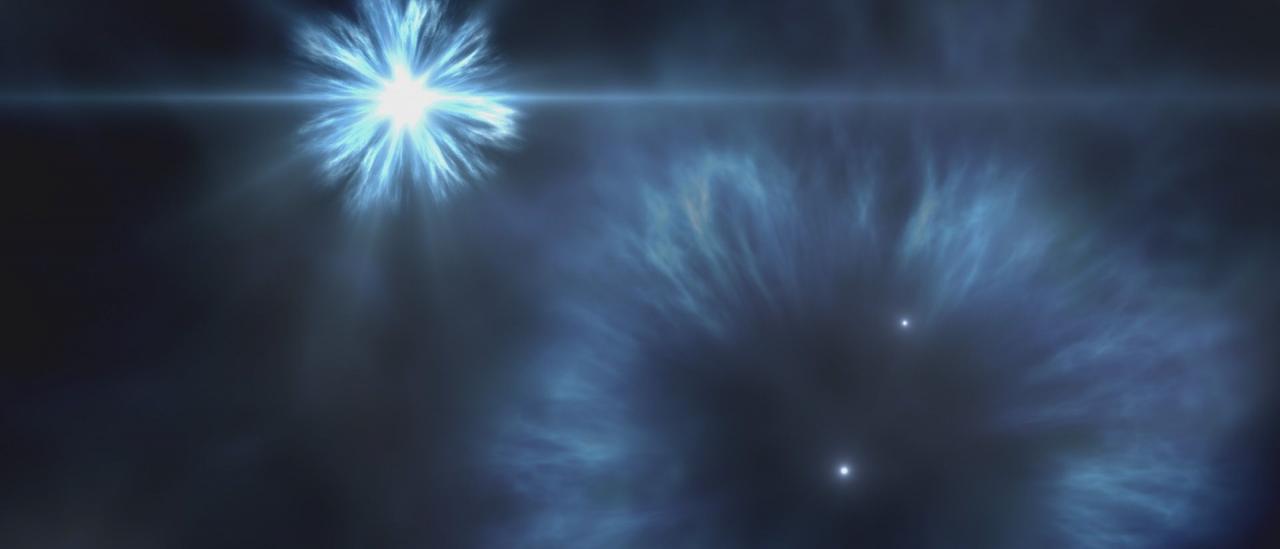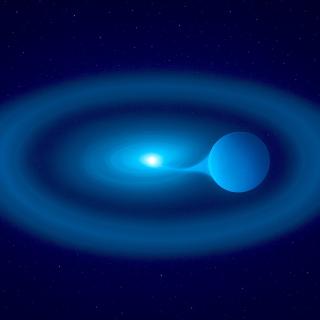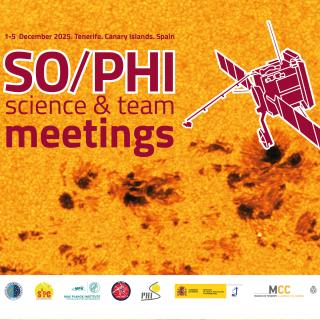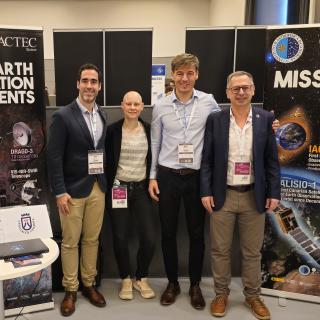Scientists from the Instituto de Astrofísica de Canarias (IAC), in collaboration with the University of Cambridge and the University of California San Diego, detect large amounts of oxygen in the atmosphere of the "primitive star" called J0815+4729. This finding, reported in the journal The Astrophysical Journal Letters today, provides an important clue on how oxygen and other chemical elements were produced in the first generations of stars in the Universe.
Oxygen is the third most abundant element in the Universe after hydrogen and helium. It is essential for all forms of life on Earth, and a building block of carbohydrates. It is also the main component of the Earth's crust. However, oxygen didn’t exist in the early Universe. This element is mainly created inside massive stars with masses greater than roughly 10 solar masses.
The star J0815+4729 is an old star of the halo of the galaxy discovered by the IAC team in 2018 using the Gran Telescopio Canarias (GTC), in the Roque de los Muchachos Observatory (Garafía, La Palma). (see press release: "IAC astronomers find one of the first stars formed in the Milky Way") .
The research team recently observed this star with the Keck telescope in Hawaii to determine the detailed chemical composition of its atmosphere. "The primitive composition of the star indicates that it was formed during the first hundreds of millions of years after the Big Bang possibly from the material expelled in the first supernovae of the Milky Way", says Jonay González Hernández, Ramón y Cajal postdoctoral researcher of the IAC and leading author of the work.
The star has large amounts of carbon, nitrogen and oxygen, approximately 10, 8 and 3 percent respectively of its amount in the Sun while the calcium and iron content is almost one millionth of the solar.
"Only a few such stars are known in the halo of our galaxy, but none have such an enormous amount of carbon, nitrogen and oxygen compared to their iron content," says David Aguado, a postdoctoral researcher at the University of Cambridge and Co-author of this paper.
A recent study based on data from the Gaia satellite confirms that the star orbits the internal halo of the Milky Way and that it is approximately 5200 light years away from the Sun.
The search for stars of this type requires dedicated projects that allow obtaining stellar spectroscopy to determine their fundamental parameters and chemical composition. "In the near future we will continue our searches of these primitive stars with data from the WEAVE and DESI projects, and we will analyse them in detail with observations of the HORuS instrument installed in the GTC", points out Carlos Allende Prieto, IAC researcher and co-author of this article.
"Stars like J0815+4729 are referred to as halo stars", explains UC San Diego astrophysicist Adam Burgasser, a co-author of the study. "This is due to their roughly spherical distribution around the Milky Way, as opposed to the more familiar flat disk of younger stars that include the Sun." Halo stars like J0815+4729 are truly ancient stars, allowing astronomers a peek into element production early in the history of the Universe.
"30 years ago we started at the IAC to study the presence of oxygen in the oldest stars of the Galaxy. The results already pointed out that this element was produced enormously in the first generations of supernovae, but then we could not imagine that we would find a case as spectacular as that of this star", concludes Rafael Rebolo, IAC director and co-author of this work.
Article: González Hernández, J. et al. "The Extreme CNO-enhanced Composition of the Primitive Iron-poor Dwarf Star J0815+4729*". The Astrophysical Journal Letters, https://iopscience.iop.org/article/10.3847/2041-8213/ab62ae
Contact at IAC:
Jonay I. González Hernández: jonay [at] iac.es
Carlos Allende Prieto: callende [at] iac.es
Related press releases:
- IAC astronomers find one of the first stars formed in the Milky Way:
https://www.iac.es/en/outreach/news/iac-astronomers-find-one-first-stars-formed-milky-way
- IAC astronomers find a star in the Milky Way that shouldn’t really exist
https://www.iac.es/en/outreach/news/iac-astronomers-find-star-milky-way-shouldnt-really-exist-0
- Journey to the Big Bang through the lithium of a Milky Way star
https://www.iac.es/en/outreach/news/journey-big-bang-through-lithium-milky-way-star
Artistic simulation of the formation of the first stars:

